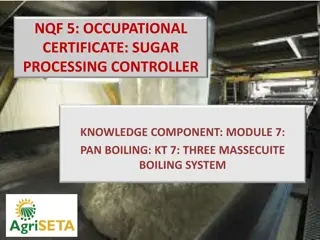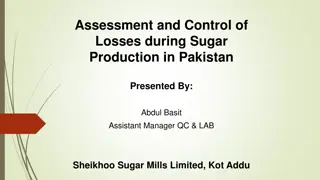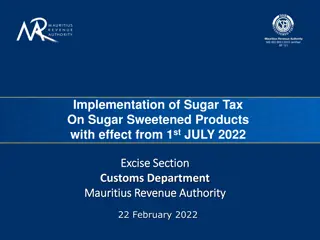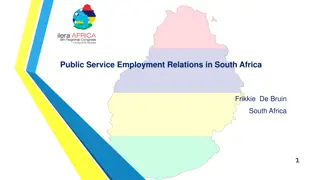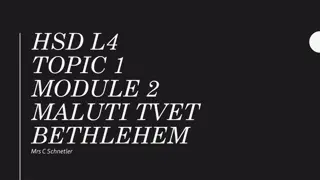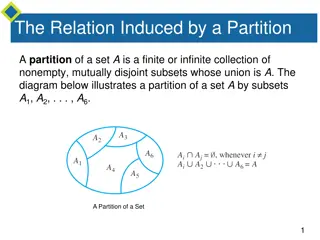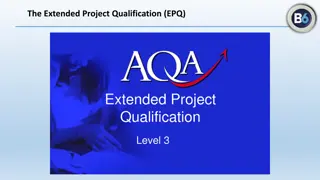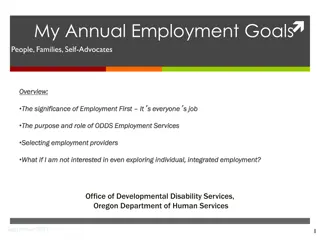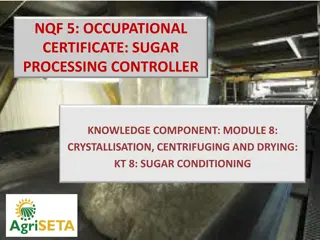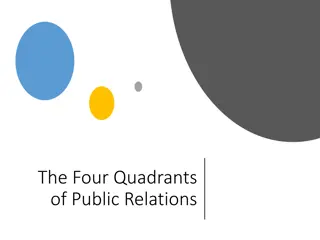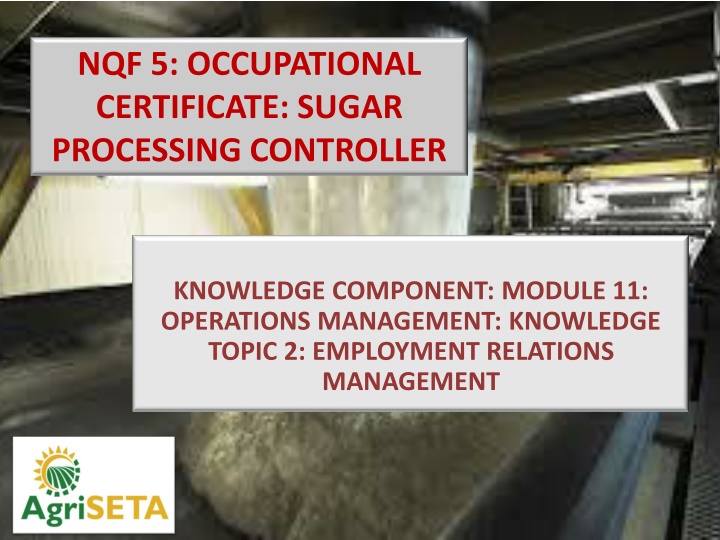
Workplace Discipline and Employee Relations Insights
Gain valuable insights on workplace discipline, employment relations management, legislative frameworks, and employee code of conduct. Understand the importance of disciplinary procedures, employee responsibilities, and legal obligations for a harmonious work environment.
Download Presentation

Please find below an Image/Link to download the presentation.
The content on the website is provided AS IS for your information and personal use only. It may not be sold, licensed, or shared on other websites without obtaining consent from the author. If you encounter any issues during the download, it is possible that the publisher has removed the file from their server.
You are allowed to download the files provided on this website for personal or commercial use, subject to the condition that they are used lawfully. All files are the property of their respective owners.
The content on the website is provided AS IS for your information and personal use only. It may not be sold, licensed, or shared on other websites without obtaining consent from the author.
E N D
Presentation Transcript
NQF 5: OCCUPATIONAL CERTIFICATE: SUGAR PROCESSING CONTROLLER KNOWLEDGE COMPONENT: MODULE 11: OPERATIONS MANAGEMENT: KNOWLEDGE TOPIC 2: EMPLOYMENT RELATIONS MANAGEMENT
The Employment Relationship The employment relationship is the legal link between employers and employees. It is through the employment relationship, that: reciprocal rights and obligations are created between the employee and the employer
Legislative Framework Some Acts of relevance: The Basic Conditions of Employment Act, 1997 (Act No. 75 or 1997) Employment Equity Act, 1998 (Act No. 55 of 1998) Labour Relations Act, 1995 (Act No. 66 of 1995) Skills Development Act, 1998 (Act No. 97 of 1998) The Adult Basic Education and Training Act The Agricultural Labour Act, 1993 (Act No. 147 of 1993) Extension of Security of Tenure Act, 1997 (Act No. 62 of 1997)
Managing Workplace Discipline Discipline in the workplace requires: Rules, Policies and Procedures That everyone agrees to follow Discipline is necessary so that tasks are accomplished in an organised and structured manner. If an employee decides to break any of the rules, or does not follow workplace policies and procedures and consequently causes loss of profit or harm to the enterprise, then disciplinary action may be required. Every workplace should also have a disciplinary procedure in place, so that the problem can be sorted out in a fair and just manner.
Employee Code of Conduct An Employee shall: Perform his duties in a responsible and diligent manner Protect and promote the interests of the company at all times to the best of his ability with due regard to the interests of management and his fellow employees Obey and execute with due care and skill reasonable instructions which are given to him Observe the company s normal hours of work Observe the safety rules and regulations prescribed by management and by law Keep his vehicle, utensils, equipment and work place in a good, neat and tidy order and condition
Employee Code of Conduct (cont.) An Employee shall (cont.): Wear the prescribed clothing and safety apparel Promptly report damage to the property of the company Take all steps to ensure that no shortage in stock, materials or cash occurs Change into working clothing before he clocks in Be at his station of work at the commencing time of work Report immediately to the production manager (and in his absence the general manager) any injury which occurs at the workplace.
Employee Code of Conduct (cont.) An Employee shall not : Commit any act or be guilty of any omission which undermines the industrial peace, growth or stability of the company or the maintenance and promotion of sound employee/management relationships Absent himself from work without just cause Report for duty under the influence of alcohol or drugs Make use of drugs or consume intoxicating liquor whilst on duty or during breaks in the course of working hours Use or be in unauthorised possession of a dangerous weapon Willfully or deliberately damage or cause destruction to or attempt to damage or destroy the property of the company
Employee Code of Conduct (cont.) An Employee shall not (cont.): Embark upon or be involved in or conspire to commit any act of industrial sabotage or espionage Absent himself from work without permission and in the case of absence on account of illness the failure to present a valid doctor s or registered hospital certificate which certifies and justifies such absence Commit or attempt to commit theft, fraud or forgery Be in unauthorised possession of property of the company or any other person Fight with or assault a fellow employee or attempt to do so Use abusive or insulting language Clock in any employee or allow an employee to clock in on his behalf Change from working clothing before the sounding of the hooter in respect thereof.
Disciplinary Principles and Procedures A company should have clearly defined principles and procedures that govern the disciplinary process and the sanctions involved Formal and informal procedures should be established Informal procedures include verbal reprimands for minor breaches by immediate supervisors Formal procedures can include: Written warnings Final written warnings Demotion, dismissal and summary dismissal norms
Managing Workplace Conflict and Grievances A company should have clearly defined grievance principles and procedures This assures employees that the employer is willing to listen
Managing Capacity Related Problems Capacity management refers to the act of ensuring a business maximizes its potential activities and production output, at all times, under all conditions. The capacity of a business measures how much companies can achieve, produce or sell within a given time period. The age and condition of equipment has a direct effect on capacity, with older equipment usually reducing capacity (due to increased breakdowns and generally deteriorating performance). Managers have to make decisions about the best time to replace equipment, generally balancing the costs of buying new equipment and continuing to operate older equipment. These costs give a starting point for further analysis.
Managing Capacity Related Problems (cont.) Very often the ability of an employee to achieve the capacity (work output) required is limited by their understanding of their job or because of a lack or limited skills to achieve this. On many occasions this may be related to a change in technology and inadequate training to utilise this technology. The best way of overcoming problems of capacity is by ensuring that employees are adequately trained for their tasks. Training not only provides employees with the correct skills to undertake their tasks successfully, it also provides the employee with a sense of accomplishment and improves confidence.
Managing Capacity Related Problems (cont.) If capacity problems exist because of shirking, insubordination or malice, then these issues need to be dealt with by following a disciplinary procedures as outlined before. However, the root cause is often a lack of the necessary skills to do the job and this should first be investigated as a means of solving the problem.
Capacity Requirement Planning Capacity planning can be undertaken in the following six steps: Consider demand and translate this into a required capacity for the process (how much product can the process produce at maximum capacity? What factors will influence achieving this maximum capacity?) Find the capacity already available in the process. Identify mismatches between capacity needed and that available. Suggest alternative plans for overcoming any mismatch (this may have to do with raw material inputs, logistics. technology available, labour skills, bottlenecks in the process). Compare these plans and find the best alternatives Implement the best alternatives and test the results.
Organised Labour South Africa s labour legislation is among the most progressive in the world, providing for institutions to settle disputes and ensure fairness in the workplace. Labour legislation in South Africa is the product of extensive consultation between government, labour and employers, and has established institutions to nurture sound, co- operative industrial relations. These institutions include: Nedlac CCMA Commission for Employment Equity Employment Conditions Commission Productivity SA National Skills Authority Unemployment Insurance Board
Organised Labour - NEDLAC National Economic, Development and Labour Council Nedlac aims to allow inclusive and transparent decision making about labour issues. Launched in 1995, it brings together representatives from all sectors of society who debate and try to reach consensus on social and economic policy issues in what the body terms social dialogue . Funded by the Department of Labour, Nedlac s work is conducted in four chambers: The labour market chamber, The trade and industry chamber, The development chamber, and The public finance and monetary chamber. The chambers report to a management committee which oversees the work programme and administrative issues.
Organised Labour NEDLAC (cont.) The chambers report to a management committee which oversees the work programme and administrative issues. Organised labour is represented in Nedlac by the three main labour federations: The Congress of South African Trade Unions, National Council of Trade Unions and The Federation of Unions of South Africa. There are 205 Trade Unions registered with the Department of Labour. Each has a different purpose and membership. The main aim of these trade unions is to ensure the fair and equitable treatment of their members in the workplace.
Organised Labour CCMA The Commission for Conciliation, Mediation and Arbitration (CCMA) was established in terms of the Labour Relations Act of 1995 as a dispute prevention and resolution body. Although it is publicly funded, it is not controlled by any political party, trade union or business organisation. Its policy-making structure is an 11-member governing body comprising three state representatives, three representatives of organised labour, three representatives of organised business, a chairperson and the director of the CCMA. It replaced the Industrial Court. The CCMA s main brief is to: Mediate to prevent and settle industrial disputes; Conciliate workplace disputes; Arbitrate disputes that remain unresolved after conciliation; and Facilitate the establishment of workplace forums and statutory councils.



